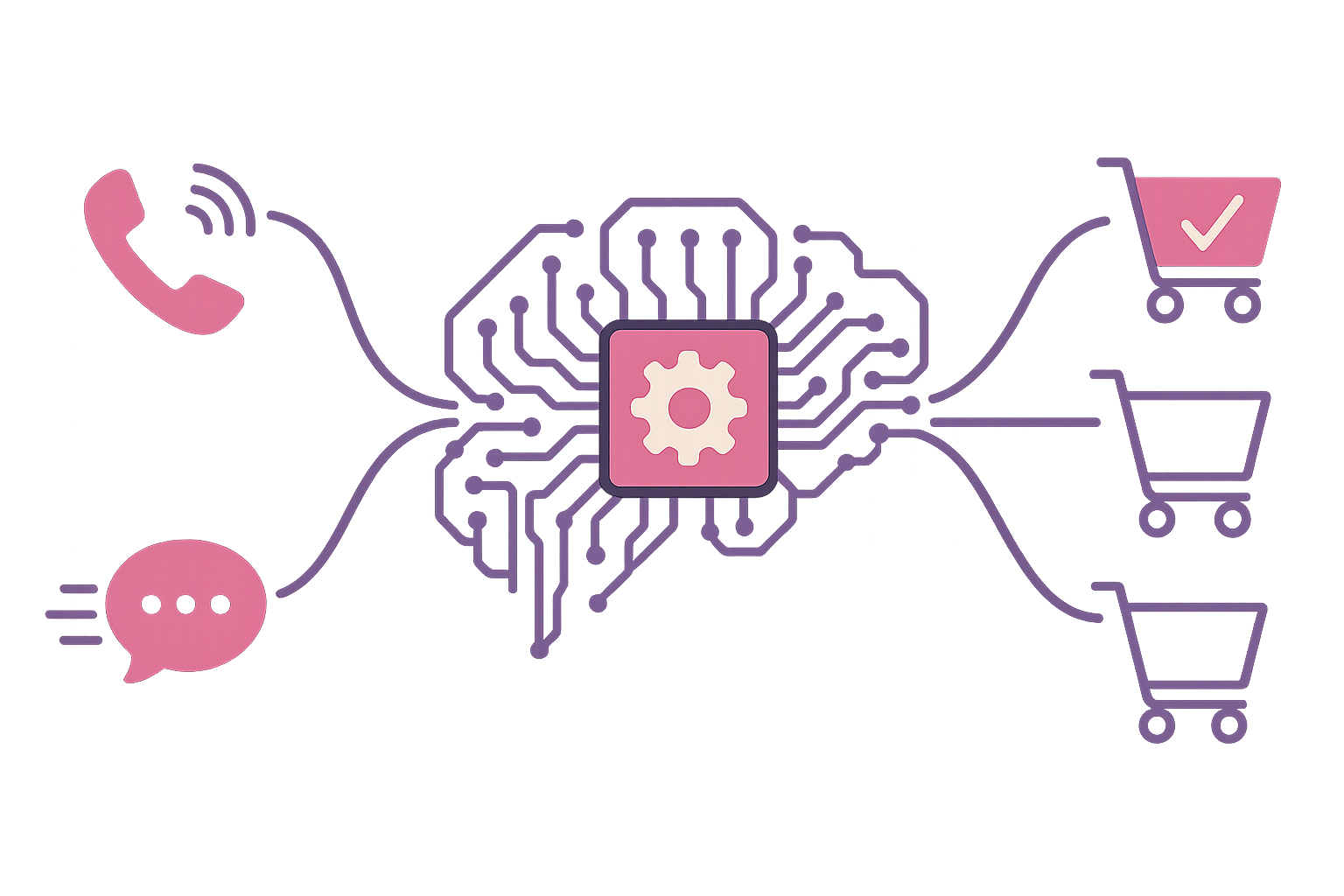This project involved designing and implementing an end-to-end event-driven machine learning pipeline for a leading custom closet company with retail locations across the United States. The system processes inbound call center transcripts by integrating a call tracking platform, Google Cloud Platform services, and Vertex AI with large language models for customized classification and analysis.
The solution captures call transcripts in real-time from a call center tracking platform, automatically processes them using a Pub/Sub triggered pipeline, and classifies them according to product interest, purchase intent, and appointment details. This enriched data fuels personalized customer communications and recommendations across digital touchpoints, improving conversion rates and customer satisfaction.
